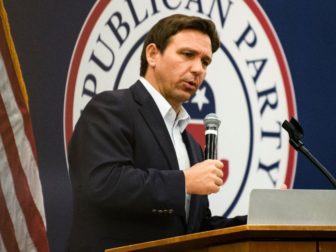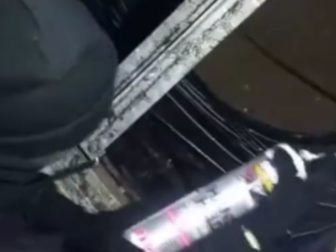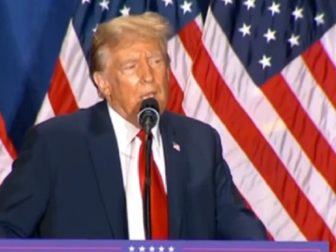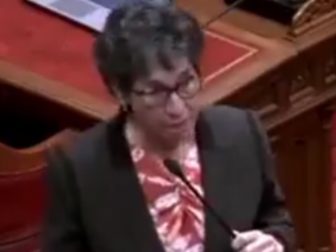Democrats Trying to Get Rid of Iconic American City Sound, Introduce European-Style Alternative
A proposal has been introduced the muffle emergency responders in New York City.
Democratic City Council members Carlina Rivera and Gale Brewer have introduced legislation capping sirens at 90 decibels, according to the New York Post.
The Post said that the new maximum volume would be 30 decibels lower than the current standard, and approximate the volume of a leaf blower.
Under the proposal, sirens would also be required to adopt the European model of high and low alternating sounds.
Silencing first responder vehicles but doing nothing about jerks with speakers on their cars, blasting music and setting off fireworks. https://t.co/JpB6QQa7gq
— Queens Crapper (@QueensCrapper) June 25, 2023
“We know that New York is a loud city but that doesn’t mean we have to suffer ear-piercing siren noise that disrupts daily life and neighborhood enjoyment while still allowing these vehicles to get through and get to people in time,” Rivera said last week.
Republican council member Joann Ariola said muffling sirens would “defeat their purpose.”
https://t.co/UcvUitGLtg??? this is absurd, vehicles don’t give way to emergency vehicles as it is , let’s have leaf blowers .
— EB Lives (@EBBronx) June 24, 2023
[firefly_poll]
“We need to be taking measures to save lives here, and the louder sirens can give emergency personnel a few extra, potentially vital seconds to get to a victim and successfully rescue them,” she said.
In an Op-Ed for the Gotham Gazette, Julia Vitullo-Martin noted that sirens are not always necessary for the type of calls first responders get.
She said that since last year, New York City EMTs have had a 73 percent response in calls in which the person supposedly needing help did not want to go to a hospital.
“Excessive sirens are a direct consequence of excessive traffic. If the traffic is curbed, as so many New Yorkers urge, then the sirens can be modified as well. This is the moment,” she wrote, throwing support behind the concept of limiting any kind of traffic on multiple city streets.
“Not only would quiet streets be productive for neighborhoods, they would offer a route to rethinking deployment of emergency vehicles, which would be able to move more freely — albeit carefully — while employing far less aggressive sirens. Without traffic registering 80 decibels and above, sirens would have no justification for their now excessive levels of 120 decibels,” she wrote.
Dr. Douglas Kupas, EMS medical director for Geisinger EMS in central Pennsylvania, said that “Most of the things that are time-dependent are a very tiny minority of the EMS calls,” according to a 2021 report in The New York Times.
Yet when he researched responses, he found an increase in the use of sirens.
Dr. Jeff Clawson, founder of the International Academies of Emergency Dispatch in Salt Lake City, said siren noise was said was a “public health dilemma.”
“It feels good and it feels like it works,” he said. “When it’s embedded in an institution — and a fire department is as good-ol’-boy an institution as you can get — it can be difficult to change.”
This article appeared originally on The Western Journal.











